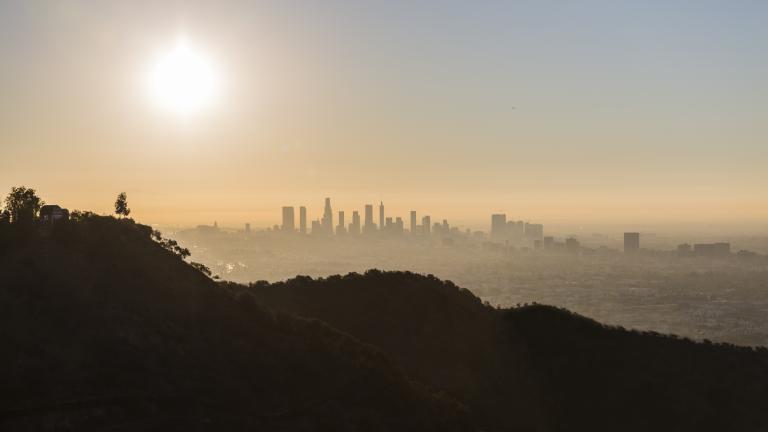3 Ways United Way is Leading Disaster Recovery

The devastation of Hurricanes Helene and Milton in the Gulf Coast and Southeastern U.S., along with the Los Angeles fires of early 2025, tested United Way’s ability to respond to large-scale disasters. Operating in more than 1,100 communities, United Way understands local needs, which helps mobilize critical partners quickly and coordinate recovery efforts.
United Way recently partnered with the National Voluntary Organizations Active in Disaster (VOAD) to host a National Disaster Recovery Convening that reinforced this kind of leadership in long-term disaster recovery. Here are three ways our leadership shows up:
1. Convening Partners for a Coordinated Response
United Way brings together government agencies, businesses, and nonprofits to respond nimbly. The partnerships ensure resources reach those in need quickly, especially in regions with limited recovery infrastructure. But because United Way is rooted in the communities we serve, we’re there long after other organizations move on. Kevin Middleton, President of United Way of Kentucky, says, “
When our peer organizations’ role ends, we’re still there, ensuring community residents get the support they need.”
This is true for crises that do not make global headlines. For example, United Way of Greater Houston co-leads the Greater Houston Disaster Alliance, ensuring disaster preparedness and economic stability. In Missouri, United Way of Greater St. Louis coordinated Multi-Agency Resource Centers (MARCs) to assist families affected by severe flooding.
2. Aligning with the National Disaster Recovery Framework
United Way follows the six recovery support functions outlined in the National Disaster Recovery Framework—community assistance, economic recovery, health and education, housing, infrastructure, and cultural resources. This approach helps communities rebuild and emerge stronger and more resilient after a crisis.
Marcus Coleman, United Way Worldwide’s Vice President for Community Resilience Strategy, reinforced this: “Our strength is that we remain in these communities long after national interest fades, ensuring resources are available for immediate and long-term needs.”
3. Strengthening Community Resilience for the Future
Beyond disaster response, United Way helps communities prepare for future crises. Initiatives like United Way of Missoula County’s Wildfire Ready Missoula help residents mitigate wildfire risks before disaster strikes. In Kentucky, United Way is leveraging 211, the 24-7 hotline that connects people to local resources, to address housing and immediate post-disaster needs.
Kristy Kulberg, President of North Carolina VOAD, underscored the need for a modernized approach to disaster recovery: “Disasters are changing, funding is changing, volunteering is changing, and we need to change with them.”
United Way’s leadership in disaster recovery extends far beyond immediate relief. By driving collaboration and strengthening community resilience, we’re helping families and businesses recover and rebuild over the long haul.
Our Disaster Recovery Work
Learn more about our work to support communities following disasters.
Get Help
If you're in need of help after a disaster, call 211 or visit 211.org for immediate resources.
Support United Way
Your generosity will support United Way’s global disaster relief programs where they’re needed most.